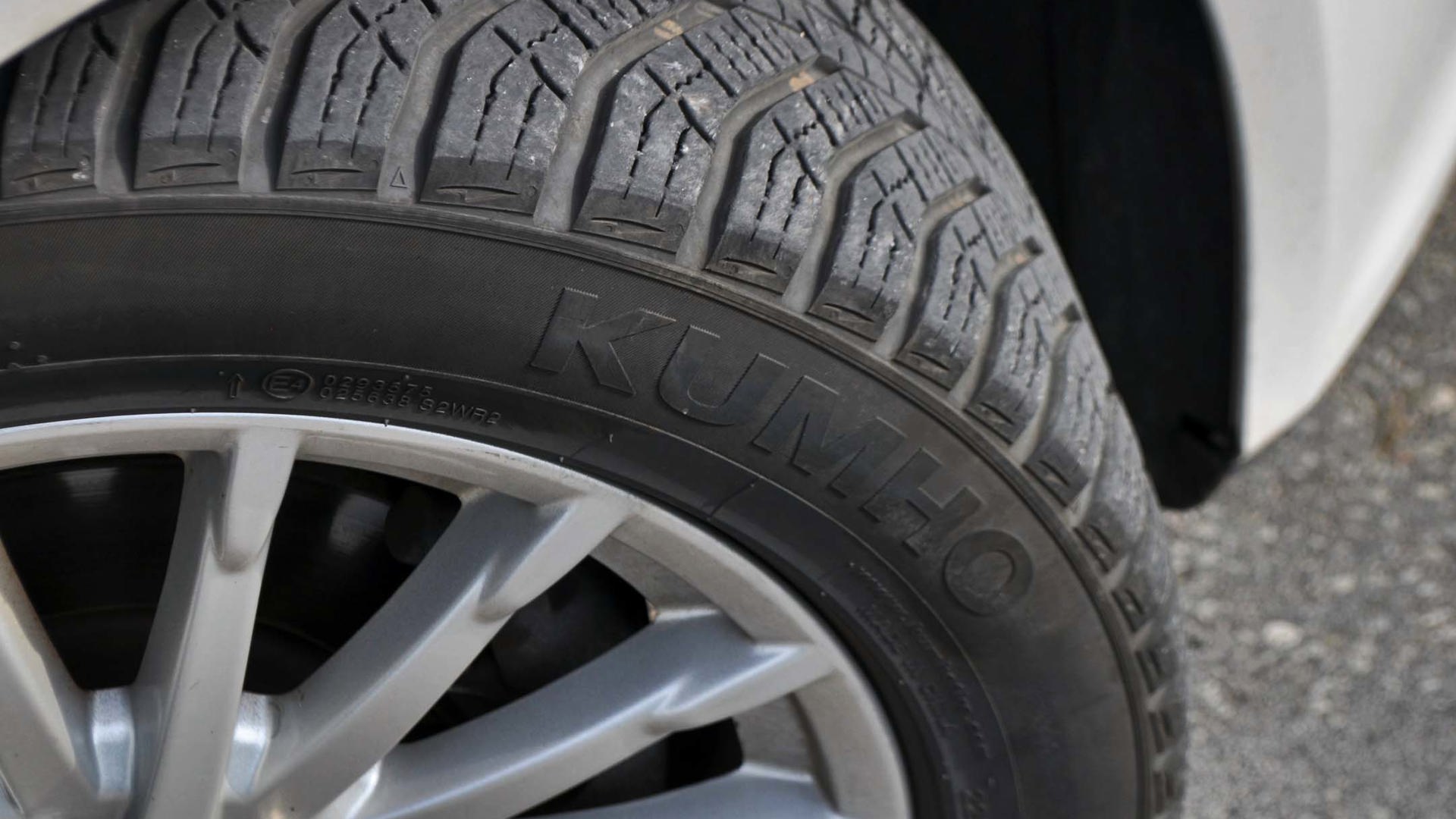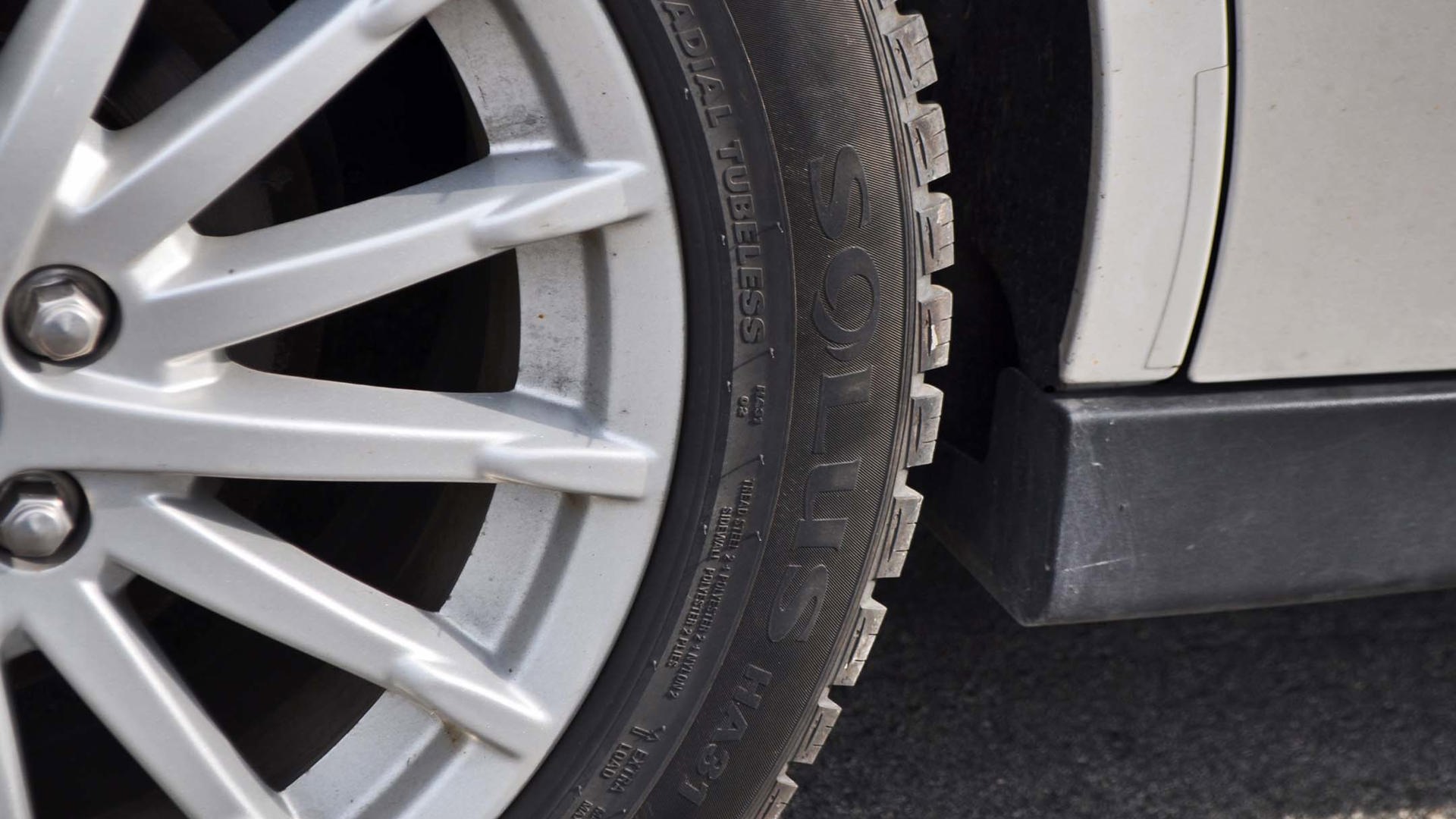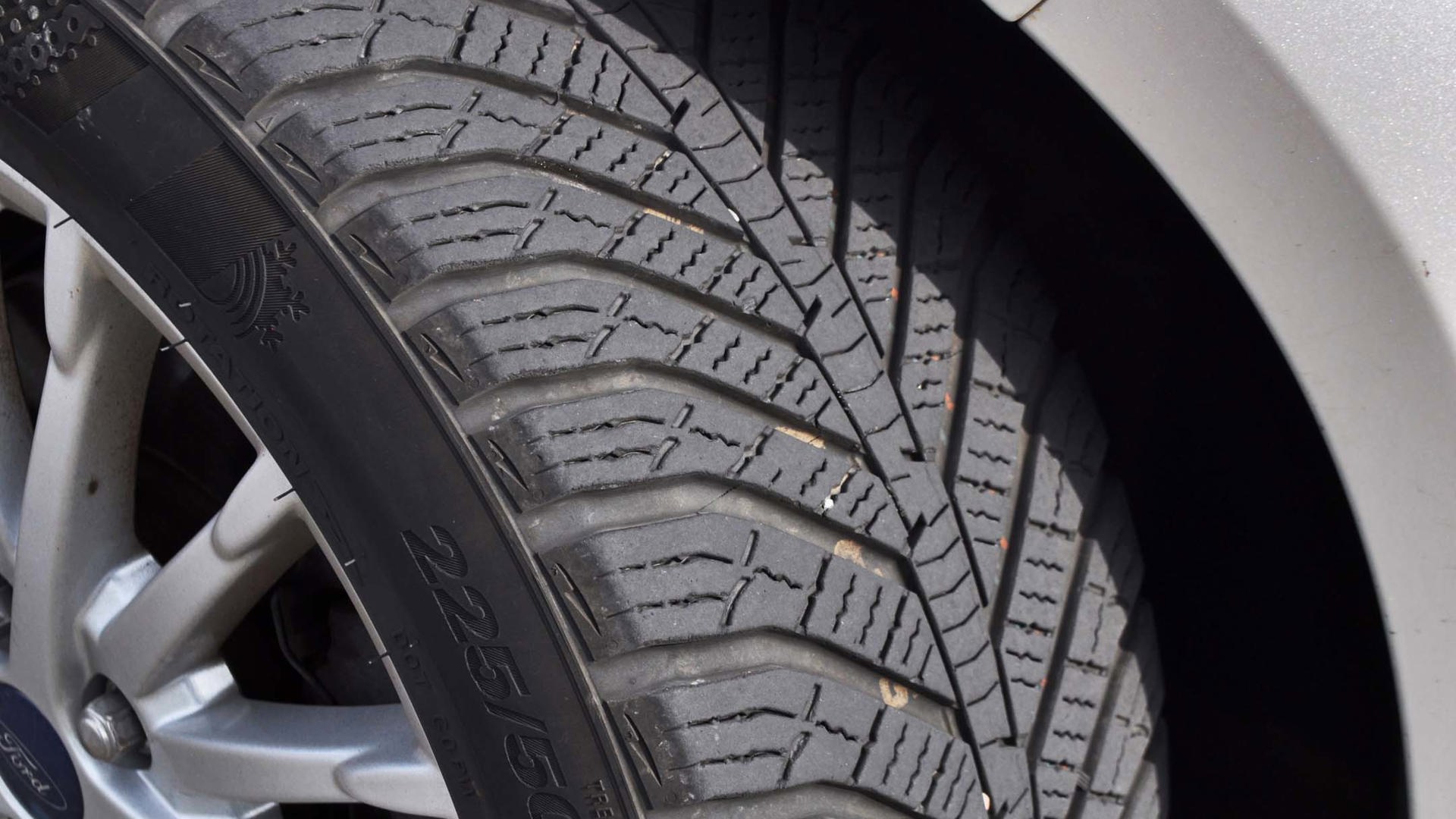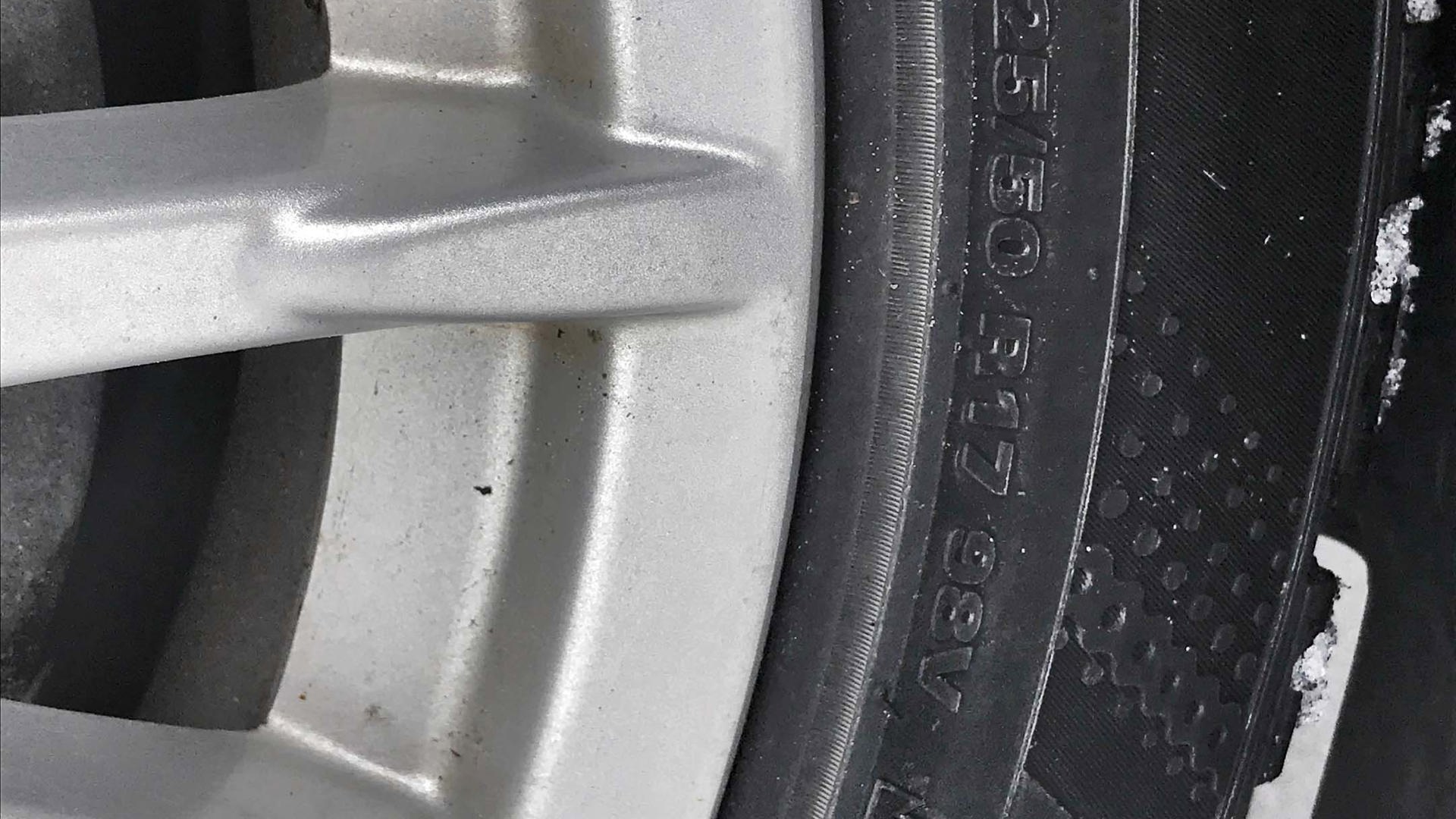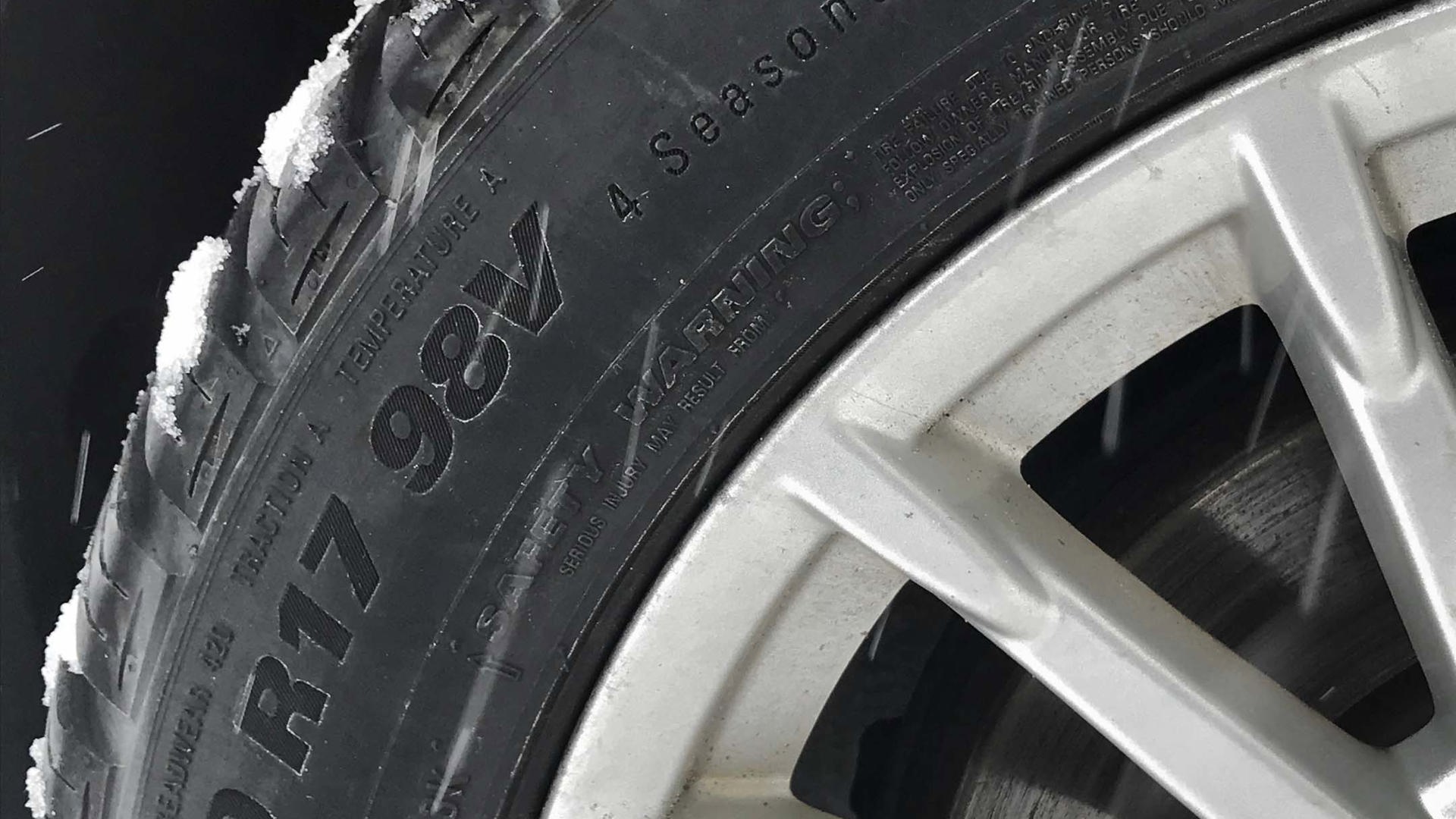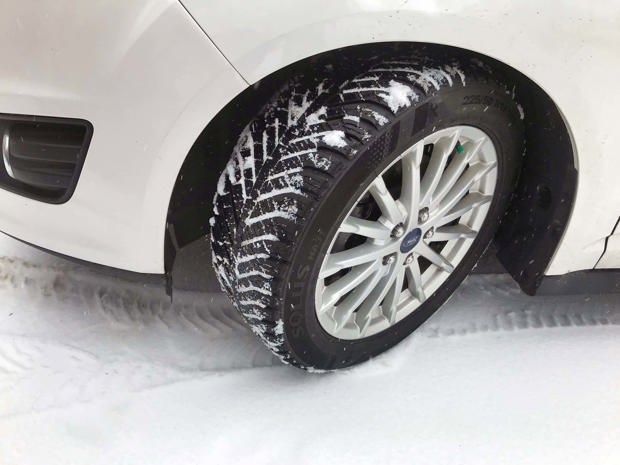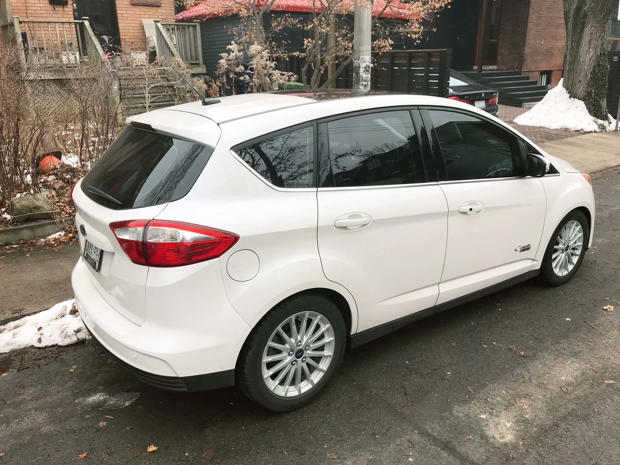It’s somewhat difficult for someone who has long extolled the virtues of true winter tires to now admit that, for many folks, maybe there is a hassle-free yet viable, safe alternative – far superior to all-season tires. (Or as some still call them, no-season tires, since their performance is compromised in all four seasons.)
After over 18 months with our first-ever set of all-weather tires on our own car – and over 15 years of regular winter tire use – we’ve been converted to all-weather tires, thanks to the Kumho Solus HA31. That’s not to say that the Solus HA31 is the better choice over dedicated winter tires for everyone, but for our mostly urban and relatively low-mileage driving patterns, what convinced us was the increased convenience, impressive all-year performance and reduced overall cost of these snowflake-rated true four-season tires.
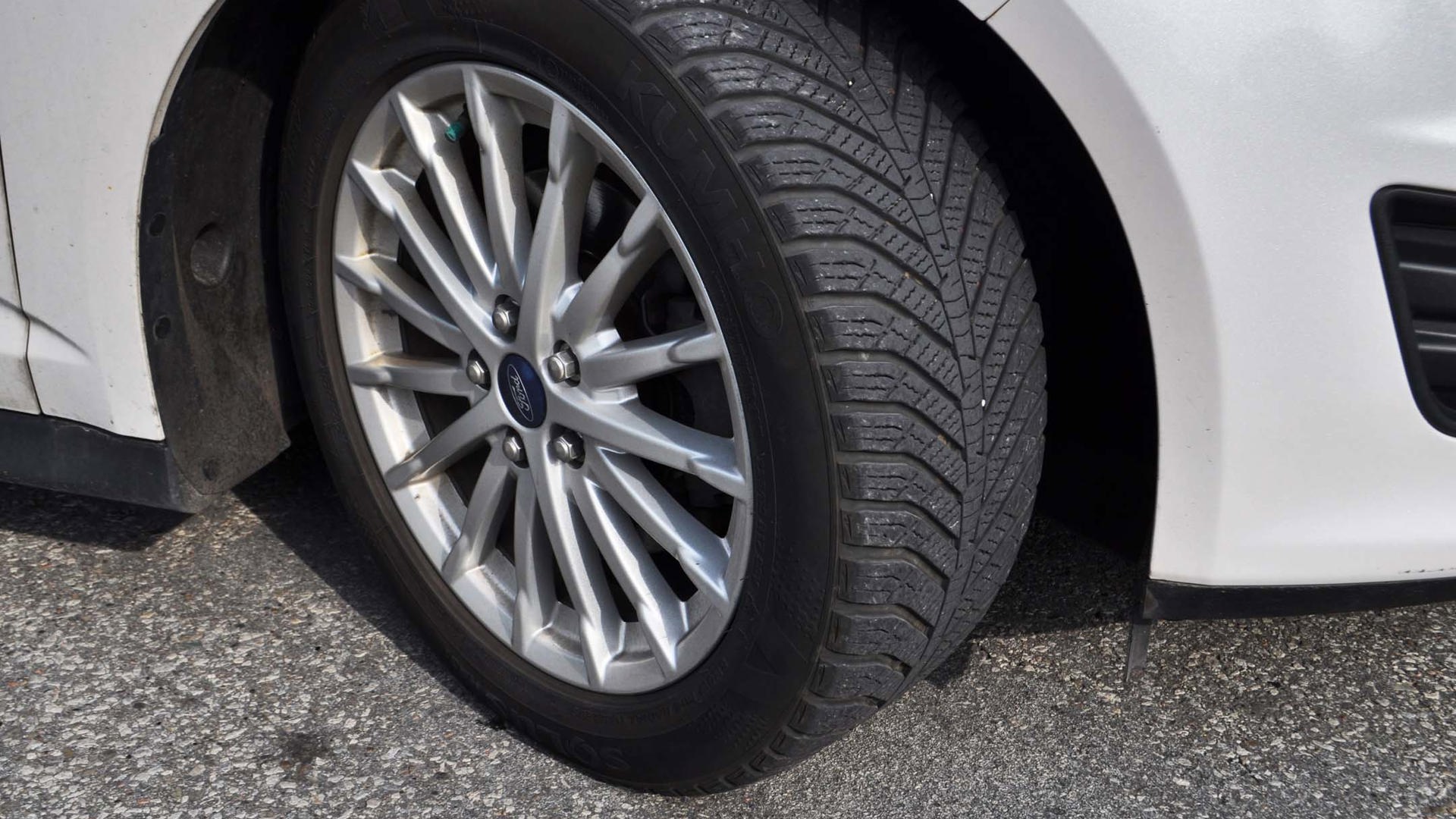
Having mounted and balanced them on my wife’s Ford C-Max Energi daily driver in early 2017, we’ve now gone through the better part of two long winters with these tires. That’s roughly 20,000 km worth of Canadian driving – from plenty of slushy and snowy conditions (including a bizarre mid-April blast of snow this spring), to pounding rain, to sweltering mid-30-degree-in-the-shade summer heat – all without signs of undue wear in the heat, while maintaining truly capable grip in all winter conditions we encountered.
Year-round, hassle-free confidence
With all-weather tires, that extra safety margin is always there, even if the upper grip limit in snow is lower overall than pure, quality winter tires. So you don’t have to “time” your tire changeover well (or luckily); or pay to switch them on or off, or lie in your driveway on cold pavement to do it yourself – there is no tire changeover.
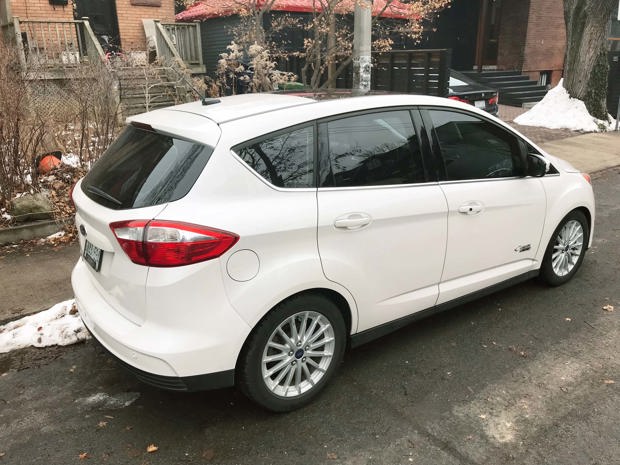
Despite the convenience, performance with the Kumho Solus was much better in the slushy and snowy stuff than the former all-season tires on the C-Max, even by the end of our second winter with them – and a freak springtime snowstorm besides.
That mid-April snowstorm had plenty of folks around the office talking about how they had taken off their winter tires just in the previous couple weeks, and now had their all-season or high-performance tires mounted, which clearly didn’t do well on snow-covered roads, made more treacherous by the lack of snowplows on hand to clear city streets and highways.
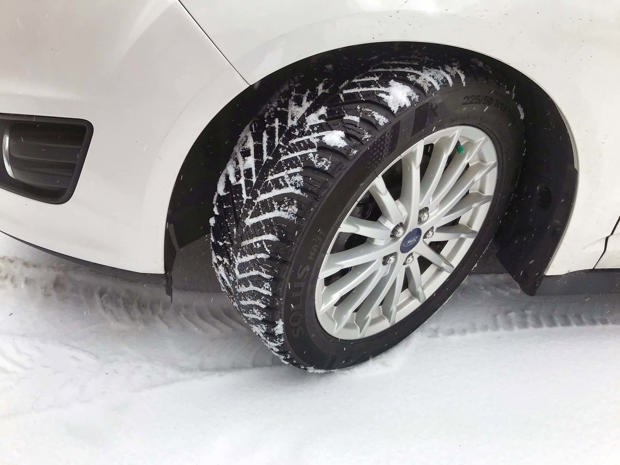
For us, there was no concern about tire grip, as even coming out of winter number two, the Solus HA31s still have the slightly serrated side profile view that speak to its deep channels and snow-clearing blocks. These Kumhos still left relatively deep tracks in the snow, even if those tracks didn’t always clear enough snow to see actual pavement, as fresh, aggressive winter tires often do.
On the downside, those blocks on the HA31s likely make for a slightly louder tire at highway speeds than premium all-season tires. Ford stopped producing the C-Max Energi, so we couldn’t judge the noise and comfort of one equipped with stock all-season tires for comparison – though we certainly don’t find these Kumhos noisy nor harsh.
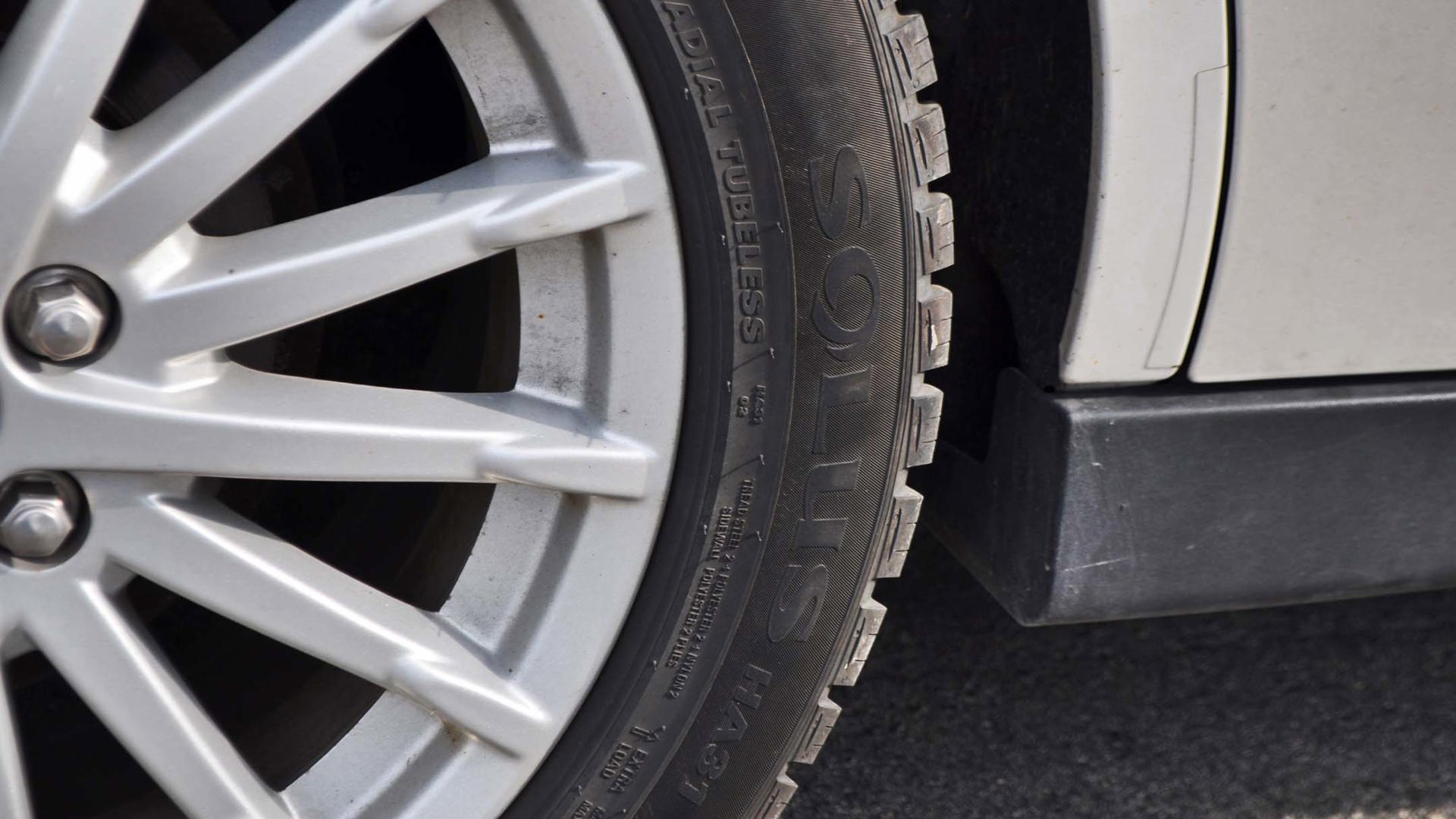
We really appreciated that in late fall, we didn’t have to decide on whether to buy new tire pressure monitoring system (TPMS) sensors for our winter tires, switch the current TPMS sensors onto winter tires, or live with a yellow TPMS warning light for the next few months – as we would with true winters.
We didn’t have our winter tires mounted on a separate set of rims either, so that meant a higher mounting and dismounting cost at the beginning and end of each winter too – we don’t miss either the costs or the inconvenience of these regular tire shop visits, as of course folks tend to want to switch their winter tires in and out around the same time of the year.
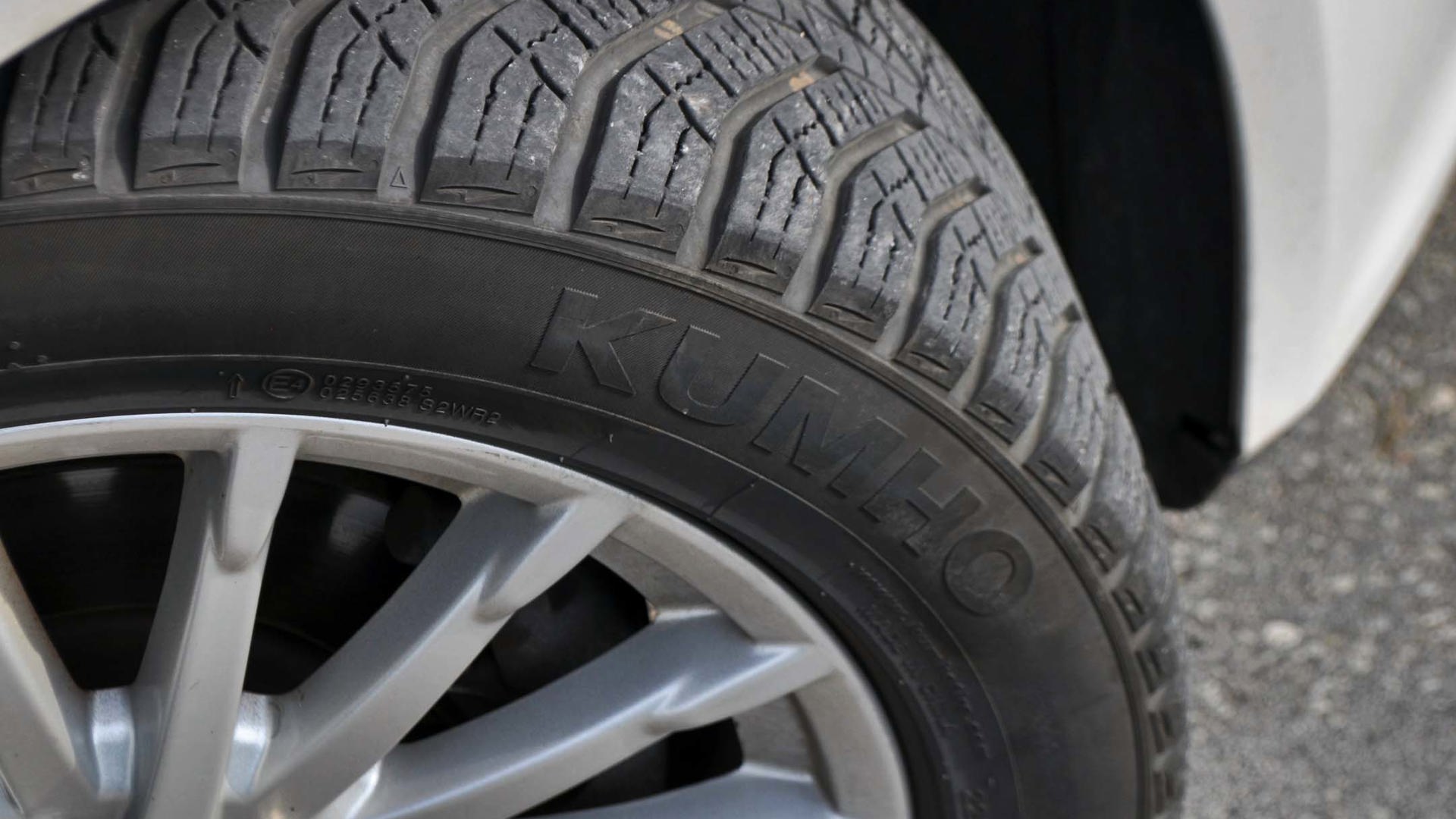
Snowflake symbol not a guarantee of insurance discount
In Ontario, the provincial government has mandated that auto insurers provide a discount to winter tire users – typically between two to five percent. But even though all-weather tires such as the Solus HA31 feature the three-pointed mountain and snowflake symbol on the sidewall that indicate the tire has met certain minimum winter performance metrics, I spoke to at least one insurance company representative who said that only dedicated winter tires would be eligible for their company’s winter tire discount – not all-weather tires like the Solus HA31.
Though there may be some flexibility there, according to auto insurance folks.
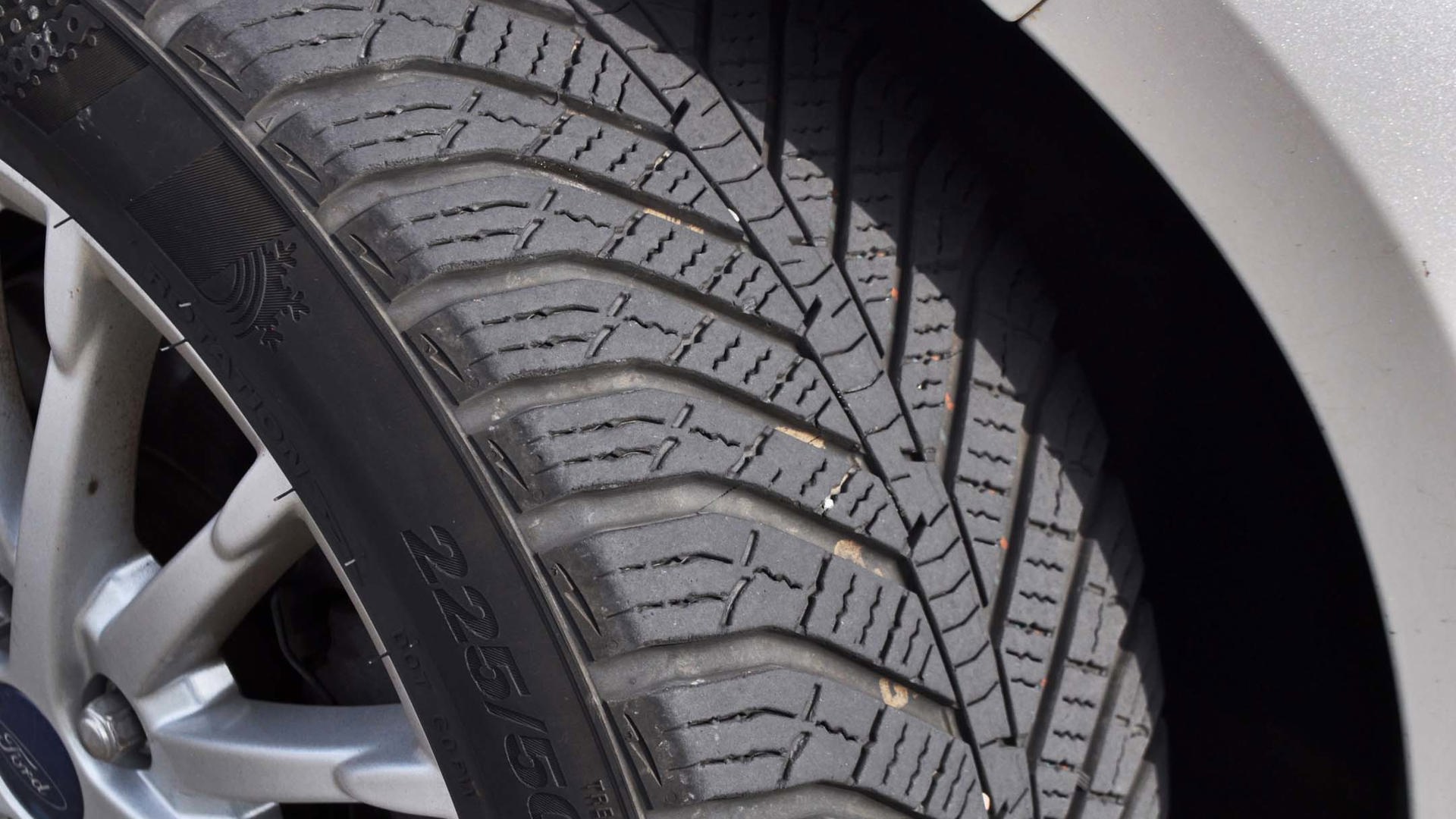
“First I’ve heard that some people in Ontario refused,” said Steve Kee, a spokesperson for the Insurance Bureau of Canada, in an email. He noted that each company sets their own discount levels in each province and has their own policies, and three provinces have their own provincially run auto insurance (BC, Manitoba, and Saskatchewan), so there’s no nationwide standard when it comes to discounts, he said.
However, all tires featuring the mountain and snowflake symbol are recognized as winter tires in the province of Quebec, where winter tires are mandated for all vehicles over the winter months. This makes all-weather tires a particularly popular choice there, especially in urban areas and for folks who can stay at home when winter’s worst hits.
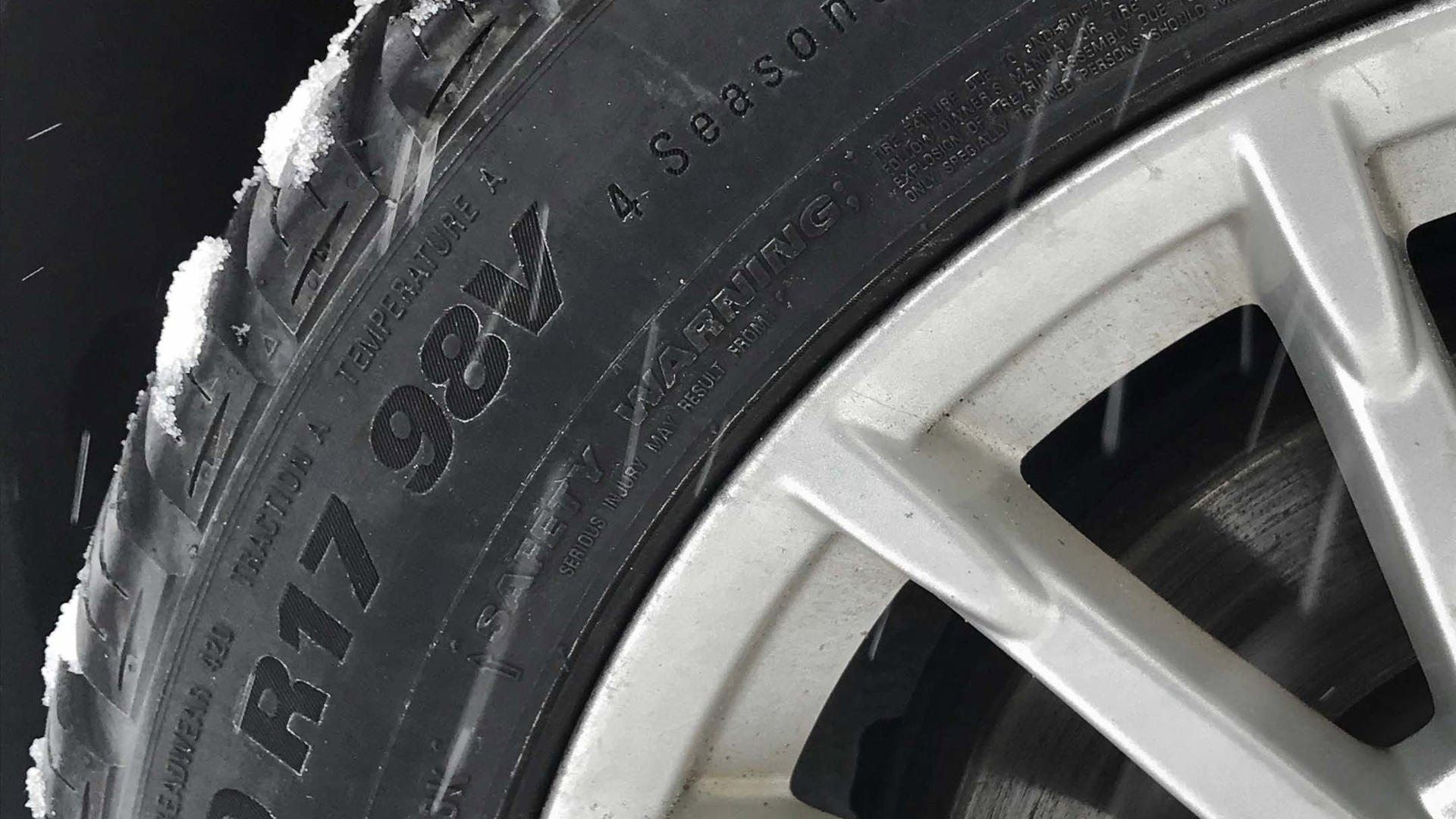
At roughly $130 retail for the 225/50VR17 size, these Kumho Solus all-weather tires are impressive value overall. And their popularity has increased with the introduction of the Solus HA31 SUV line, aimed at a wider variety of crossover/SUV sizes.
These are not the tires for folks who do long winter highway drives out of the city. But for urban drivers who want to save hassle and money on switching winter tires, or costs on insurance, or for folks who like to drive down south to warmer climates in the winter – but still want healthy amounts of winter driving confidence – the all-weather tire option is one worthy of consideration.
Ideally before you find yourself in the next freak April (or October) snowstorm.
